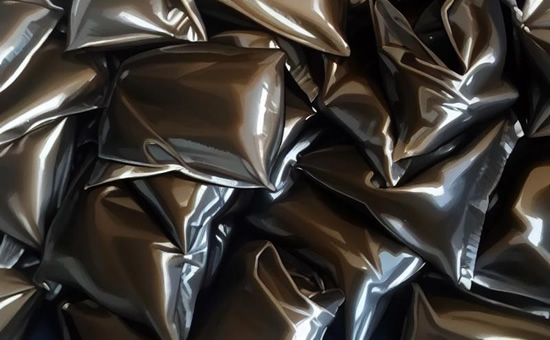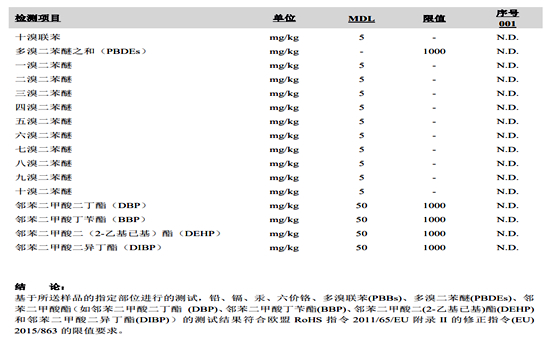
Vegetable pine tar is a dark brown to black viscous liquid with a special odor, also known as pine tar or pine oil, which is a commonly used softener and plasticizer in the rubber industry. Many reclaimed rubber and products will use pine tar in the processing process. So what are the performance characteristics of pine tar? Which reclaimed rubber is suitable for using pine tar?
1. The role of pine tar
Pine tar can be used as a softener and plasticizer in the rubber industry, which can reduce the hardness of rubber, increase its plasticity, and make rubber easier to process and shape; Improve the fluidity of rubber in the mixing process, so that compounding agents (such as fillers, vulcanizing agents, etc.) are easier to disperse evenly in the rubber; During rubber vulcanization, pine tar can delay the start of the vulcanization reaction, thus preventing premature vulcanization (scorching) of the rubber during processing.

The use of pine tar in the production of rubber products can also improve the adhesion among rubber and fillers, thereby improving the physical properties of rubber products; At low temperatures, pine tar helps to maintain the flexibility of the rubber, thereby improving its cold resistance; Pine tar can improve the elasticity and wear resistance of rubber and prolong the service life of rubber products; Pine tar has an activation effect on some vulcanization accelerators (such as thiazole accelerators) and can improve vulcanization efficiency. In addition, the use of pine tar also reduces the need for more expensive softeners, which in turn reduces production costs.
2. Application of vegetable pine tar in reclaimed rubber
In the production of recycled rubber, pine tar is often used as a softener and desulfurizer. At present, the reclaimed rubber on the market includes latex reclaimed rubber, tire reclaimed rubber, butyl reclaimed rubber, ethylene propylene reclaimed rubber, isoprene reclaimed rubber, styrene-butadiene reclaimed rubber, etc., and pine tar can generally be used in an appropriate amount. When pine tar is used as a softener for reclaimed rubber, it is necessary to consider the influence of pine tar on the performance of the rubber and whether it meets the environmental protection requirements of the product.

Pine tar plays an important role in rubber processing, but it also has certain limitations: pine tar is polluting, may affect the color and odor of rubber products, and may not meet environmental requirements in some applications, and its suitability needs to be determined according to specific product requirements and application scenarios. When using pine tar in light-colored reclaimed rubber, special attention must be paid to its impact on the color of the final product and environmental standards.
There are many commonly used rubber oils in the process of processing and using reclaimed rubber, and Xiaobian will continue to discuss related issues with you.
Exclusive original article [commercial authorization] reprint, excerpt and excerpt in any form are prohibited without written authorization. Focus on Hongyun rubber: learn the process formula and raw material technology of producing rubber products from recycled rubber to help you reduce costs and increase profits